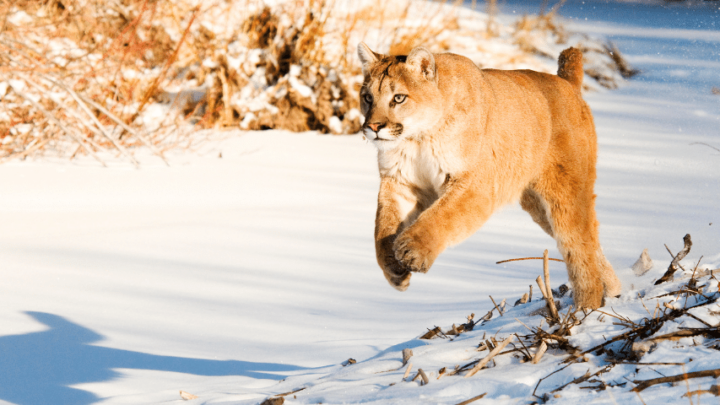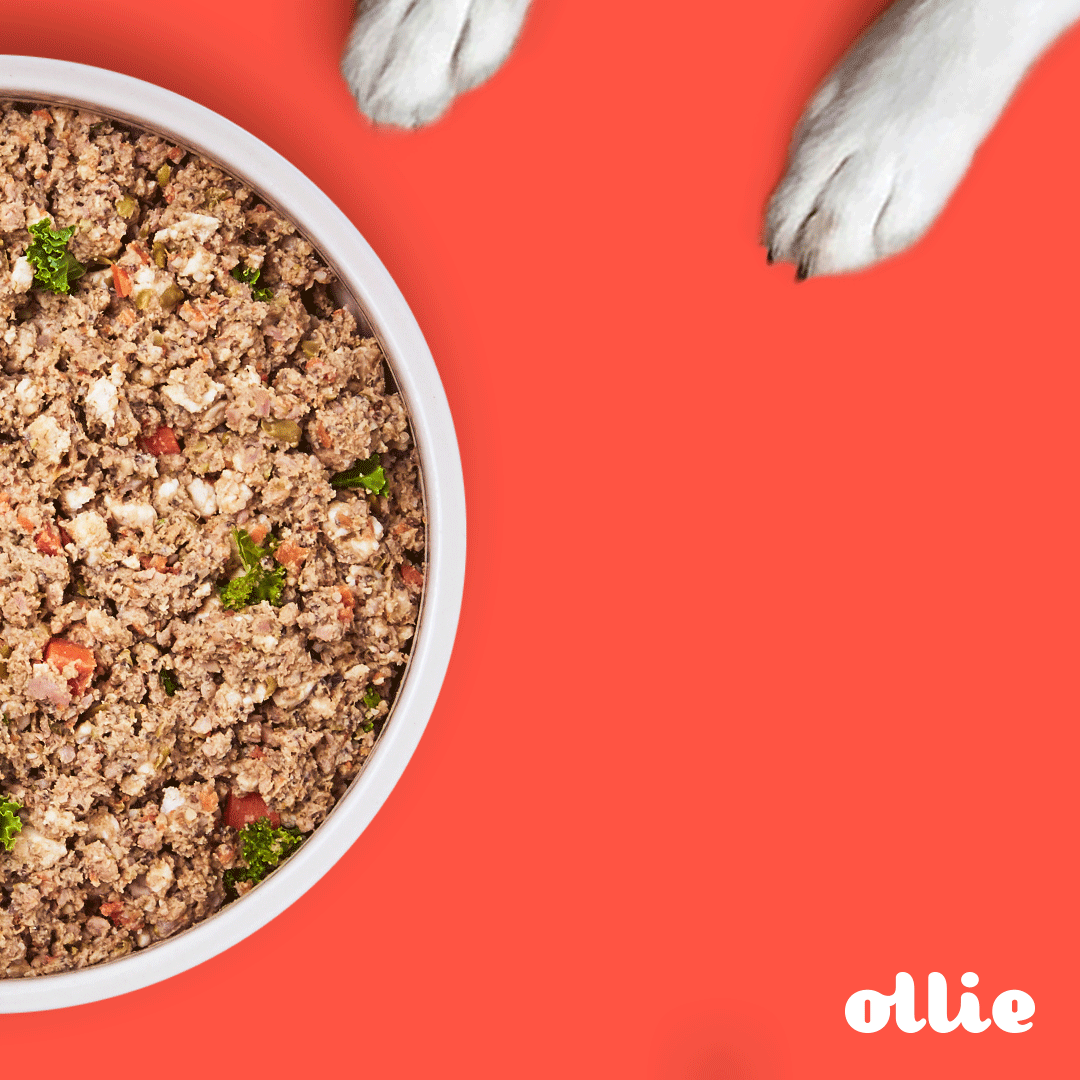How High Can Lions Jump? Lions are known as the ‘King of the beasts’ and are part of the Panthera genus according to Animal Diversity Web, rightfully due to the power they hold and the tricks they can play on their prey.
Lions, one of the most popular African animals, are no ordinary animals. It has countless qualities that make it the jungle’s King,
one of them being the ability to jump a considerable distance vertically as well as horizontally.
Lions are the large cats of the Panthera genus, which are naturally found in India and Africa.
The animal has a muscular, deep-chested body with a round head, circular ears, and a hairy tuft at its tail’s end.
Lions are sexually dimorphic, the males being larger than the females and carrying a prominent mane.
How High Can Lions Jump?
A fully mature African lion can jump horizontally around 12 feet (144 inches) high and approximately 36 feet (432 inches). Lions can make one of the highest jumps among animals. Though it is not the highest, the lion still holds a lot of popularity due to its overall looks and features.

How High Can Lions Jump?
What Helps Lions Jump So High?
A lion’s chest may appear as its strongest part. However, its leg muscles are what help it reach such great heights both vertically and horizontally.
A lion’s flexible and powerful leg muscles give them the strength to jump high and also allow them to climb tall trees despite their fairly bulky bodies.
The chief hunting method for lions includes the high jump; therefore, a major indicator of a young and healthy lion is its ability to jump and reach considerable heights.
Without this, a carnivore and frequent-feeder like a lion cannot survive in the wild.
What Makes Lions Jump So High
As apex predators, lions are found at the very top of the food chain.
Their predatory features combined with physical adaptations have earned them their high placement in the food web hierarchy.
A significant physical adaptation is the ability to jump high. Let’s look deeper into what helps them do this:
1. Muscles
Despite a lion’s bulky physique, its tendons and muscles are pretty tightly connected and allow quick, vigorous movements.
The flexible and strong tendons and muscles further help lions maintain their body shape and powerful reflexes during attack and hunting.
However, lions also need a proper and balanced diet to maintain their characteristic features and traits like other animals.
Being carnivores, their diet must be rich in proteins that play a critical role in building healthy, lean muscles.
Apart from diet, genetic coding is also vital in developing the appropriate structure and muscles.
This means that these big cats naturally have muscular bodies, which leads to greater agility, strength,
and other similar athletic traits needed to survive in the jungle, including high jumping.

Lion’s Bulky Physique, Its Tendons, And Muscles Are Pretty Tightly Connected And allow Quick, Vigorous Movements
2. Legs
A lion’s diet and muscles are undoubtedly essential for it to jump high, but legs have an equally, if not more, important role.
Their legs assist them in becoming skilled jumpers, allowing them to catch and feed on prey.
The hind legs are fairly strong and enable them to take high leaps both vertically and horizontally.
Likewise, their running speed and manner are also dependent on the hind legs.
If the back legs are strong and healthy, lions can reach speeds of about 50 mph (80.5 km/h).
In the unfortunate event of inadequate diet, lack of stamina, or injury, a lion may not be able to run at such speeds.
However, proper wound care and a good diet can help the big cat achieve ideal speeds.
A common hunting method in mature and young lions is ‘stalk and pounce.’
The lion uses its hind legs to leap forward and the forelegs to get hold of the prey and strangle it.

Lion`s Legs Assist Them In Becoming Skilled Jumpers, Allowing Them To Catch And Feed On Prey
3. Paws and Claws
An animal that symbolizes power and instilling fear is expected to have hard and heavy paws. But this is not the case.
Most lions typically have sharp, soft paws that allow them to move unheard and catch their prey.
The quiet walk allows them to cover decent distances and follow prey while staying unnoticed.
The prey only notices its predator when the lion jumps or roars, the sharp claws clinging onto the prey.
The claws also offer a stable grip on the ground, keeping both the lion and its prey steady.
The padded paws further prevent instability and help the lion maintain a stronghold while feasting.
A lion’s claws are not too different than a cat, only that they are much bigger and sharper.
The former’s paws also have four toes on its hind paws and 5 on the front ones.

Lions Have Sharp, Soft Paws That Allow Them To Move Unheard And Catch Their Prey
How do Lions Use their High Jumping Ability?
Jumping high is surely a beneficial trait for animals living in the wild. However, you may wonder how it is useful?
Here are a few ways the lions use their high jumping ability:
1. Hunting
A King cannot survive without power, and that, in the lion’s case, comes from nutrition. The lion’s main method of eating is through hunting.
Unlike several carnivores that utilize the pursuit tactics for hunting prey, lions, as ambush predators, follow their prey stealthily and implement the element of surprise attack.
Lions often get close to their prey and only then attack; this ensures that their catch will be accurate and minimize the probability of the prey escaping.
Once the lion thinks it is in an ambush position and can easily catch its prey, the jumping ability takes control.
Most lions are known to hold down their prey with their necks as they inflict the bite death bite.
Even if the lion is unwell, its jumping ability will assist it in catching prey, especially when it is a large or tall animal, like an elephant or giraffe.

Lion`s Jumping Ability Will Assist In Catching Prey
2. Climbing Trees
These large cats don’t only hunt on the ground; they also chase prey on trees, ensuring the latter does not escape.
With a usual weight of about 600 lbs. (272 kgs), climbing trees can be difficult. However, this is where their high jumping ability comes in.
Lions combine their high leaps with sharp claws to climb trees, though they aren’t proficient climbers.
But as they enter a tree with a fast run and then leap in the air towards the prey, lions manage to catch their food.
Primarily lions are territorial, but sometimes they do climb trees to hide from other animals that may be hunting them, insects, or to avoid wet grass.

Lion`s High Jumping Ability Comes In Climbing Trees
3. Pride Guarding
Unlike other cats, lions are social animals that make groups called pride.
Both the male and female lions guard their pride against humans and other animals, such as cheetahs, leopards, and hyenas.
Their high jumping ability allows them to quickly leap into the air and defend their fellow lions and cubs against any predators.
Sometimes the high jumps can be crucial for the life of individuals in the pride.
Although very few animals target an adult, healthy lion, guarding and defending their pride is in a lion’s nature.
However, cubs are at a greater risk of attack. But a mature lion’s speed, agility, and jumping efficiency can make encounters with the opponents easier.

Lion`s High Jumping Ability Allows Them To Quickly Leap Into The Air And Defend Their Fellow Lions and Cubs
Frequently Asked Questions
Are tigers stronger than lions?
According to recent research, a tiger is typically stronger and larger than a lion. Most experts favor a Bengal and Siberian tiger over an African lion when it comes to strength.
Can lions make the largest jump among all animals?
Lions can jump about 12 feet (144 inches) vertically and 36 feet (432 inches) horizontally. However, they are not the highest jumpers in the animal kingdom.
At what age can a lion roar?
Male lions are mostly able to roar when they turn one year old, while female lions take a few more months.
Conclusion
A lion can jump about 12 feet (144 inches) vertically and 36 feet (432 inches) horizontally.
Their powerful muscles, hind legs, claws, and paws help them hunt, hold and chase prey, and defend their pride.


